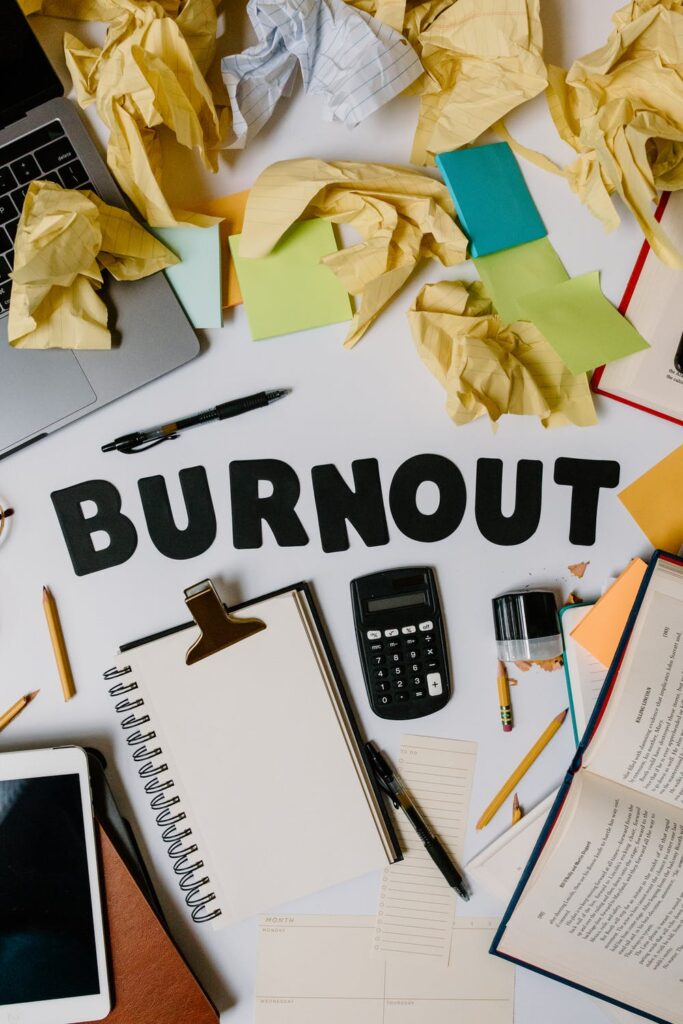Creating Balance in School, Work, and Life
Balance among personal and professional responsibilities is essential to happiness; however, work-life balance must be purposefully created based on one’s needs, goals, and priorities. When entering the classroom, teachers find themselves juggling multiple roles and responsibilities. Creating balance amid a busy schedule is a determining factor between pressing forward or halting progress.
How can educators enter the classroom and be the teachers they dreamed of being without sacrificing family obligations and personal responsibilities? Below is a list of specific steps teachers can take to create balance. Learning to schedule effectively, create priorities, and organize each area of life assists teachers in finding balance, especially as many are faced with teaching virtually from home due to Covid-19. With a focus on organization and motivation, these steps are a guide for teachers to balance family, work, and school commitments.
Classroom teachers juggle multiple roles and responsibilities in and out of school. These steps help teachers balance family, work, and school commitments.
Step One: Teachers must clearly identify their why and consider, “What drives me each day in my work with students?” Purpose-driven teachers write out their why and place it in a location that they see daily. It is important for teachers to remember why they got into education, because there will be days when throwing in the towel seems like the logical thing to do. On those days, teachers must draw on their inner purpose and drive.
Step two: Be organized. How would a classroom run without organization? Would teachers be able to lead their students down a path of self discovery if they had not planned and organized their lessons ahead of time? Educators understand how important it is to be organized and prepared for each lesson they teach. Outside of the classroom, personal organization must still take center stage. Here are some strategies to help educators keep organized:
-
Utilize calendars, both print and digital, to stay aware of obligations
-
Use a color-coding system to organize calendars
-
Create a daily checklist
-
Establish routines that promotes a balance of work and personal responsibilities
In addition to scheduling work obligations, teachers must be intentional in scheduling family time as well as personal time to relax and decompress. Educators who are intentional in creating work-life balance as they plan for the week find that their stress levels are reduced and they accomplish more.
Step three: Teachers stay focused and on task by motivating themselves to complete their family, planning, grading, and instructional responsibilities prior to engaging in reward activities. These rewards may include time to read the next chapter in a favorite book, watch a favorite movie, or hike with a friend. Fun activities are an excellent motivator to get things checked off the to-do list. Having this form of delayed gratification can act as motivation to propel teachers forward with purpose and balance.
Step four: Teachers must have a growth mindset as they seek to create balance. Creating balance is a challenging process, a mindful journey, and a slow and steady revelation. Balance may not come easily; however, with focus and dedication teachers create balance and find peace even on the most chaotic days. In the classroom, teachers create an atmosphere for students where vulnerability and effort are applauded, encouraging learners to develop a growth mindset. When teachers remind themselves that it is okay to fail and try again as they work to create balance, they will maintain sanity as they become stronger by learning from their weaknesses. Failure can be one of the greatest teachers! Just as educators tell students that the classroom is a safe place to try, fail, and try again, they must also create a safe place for themselves as they strive to create balance.
>
“While you cannot simply find balance, you can purposefully create it!”
Teachers create balance by clearly identifying why they chose to be a teacher, staying organized with calendars and checklists, motivating themselves through delayed gratification, and having a growth mindset. Educators who lack balance in personal and professional life may feel out of control. The responsibilities of planning, teaching, grading, and organizing may seem like too much to handle, causing family responsibilities and personal obligations to be pushed aside. While you cannot simply find balance, you can purposefully create it!
Fayth Silveus, M.Ed., Ed.S.




